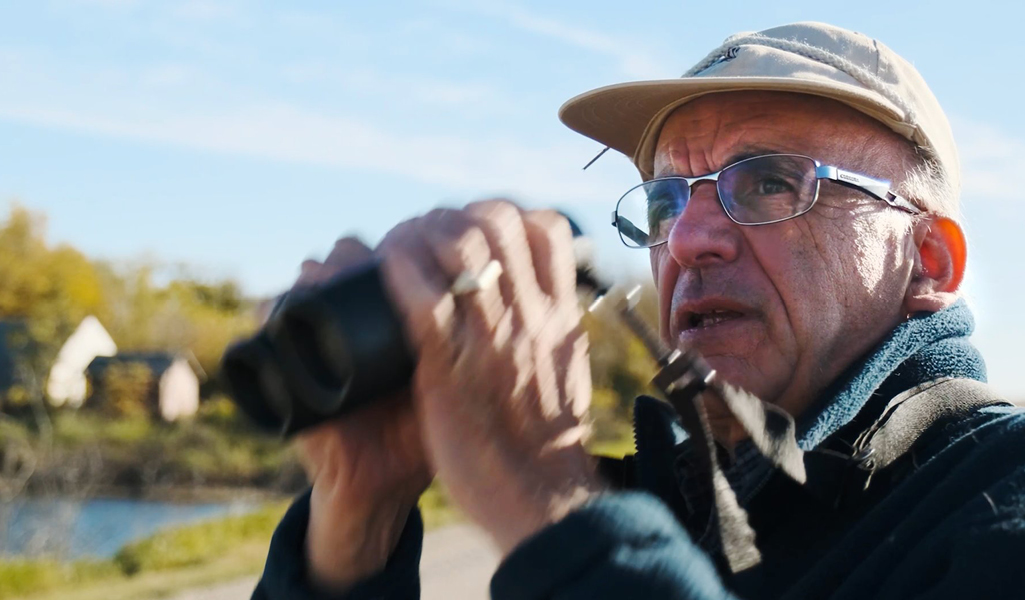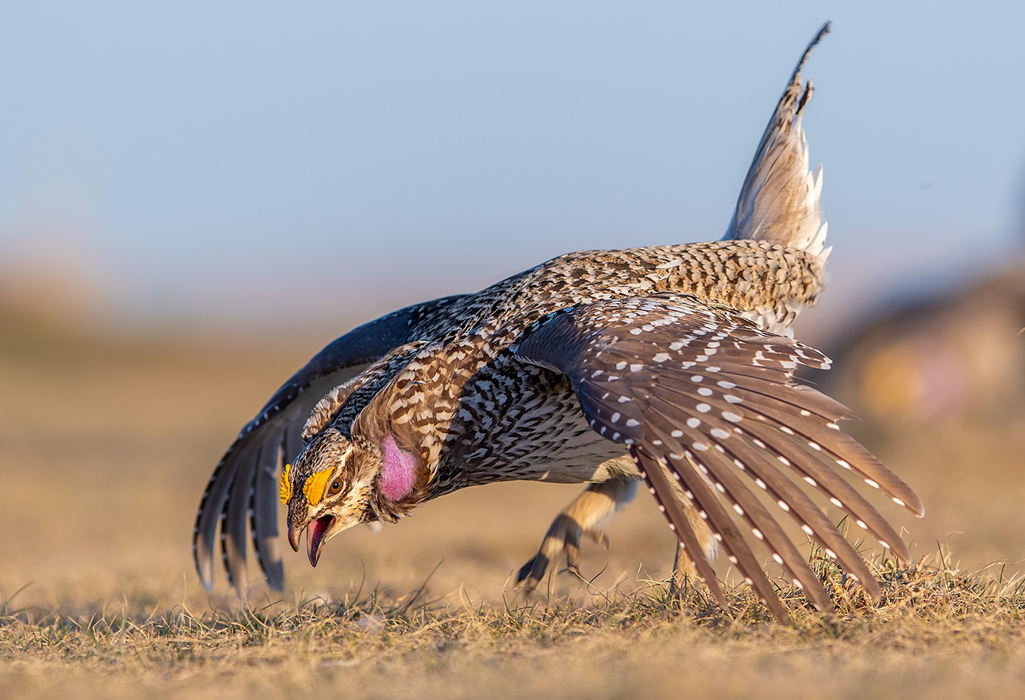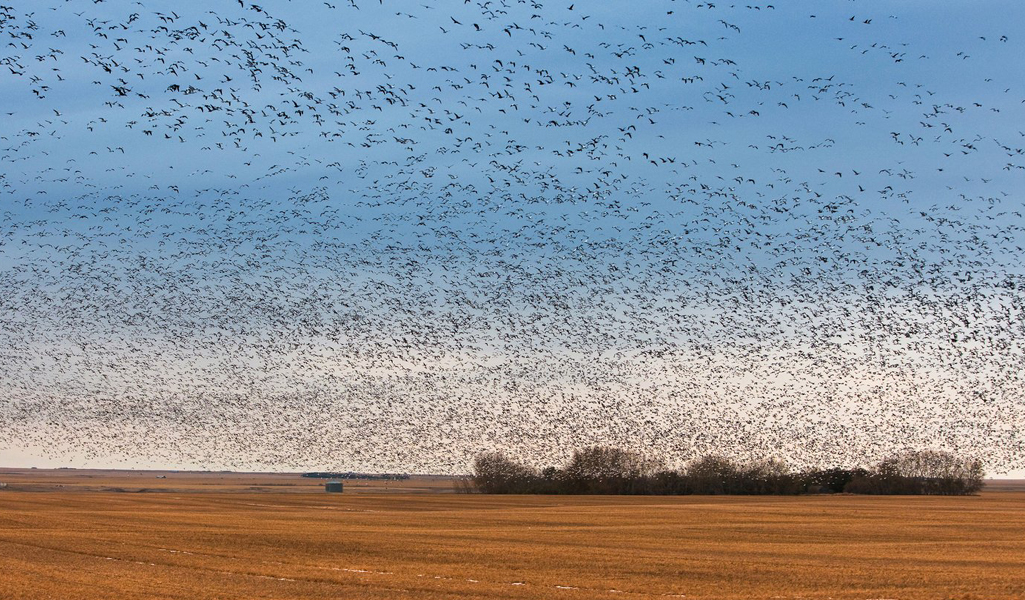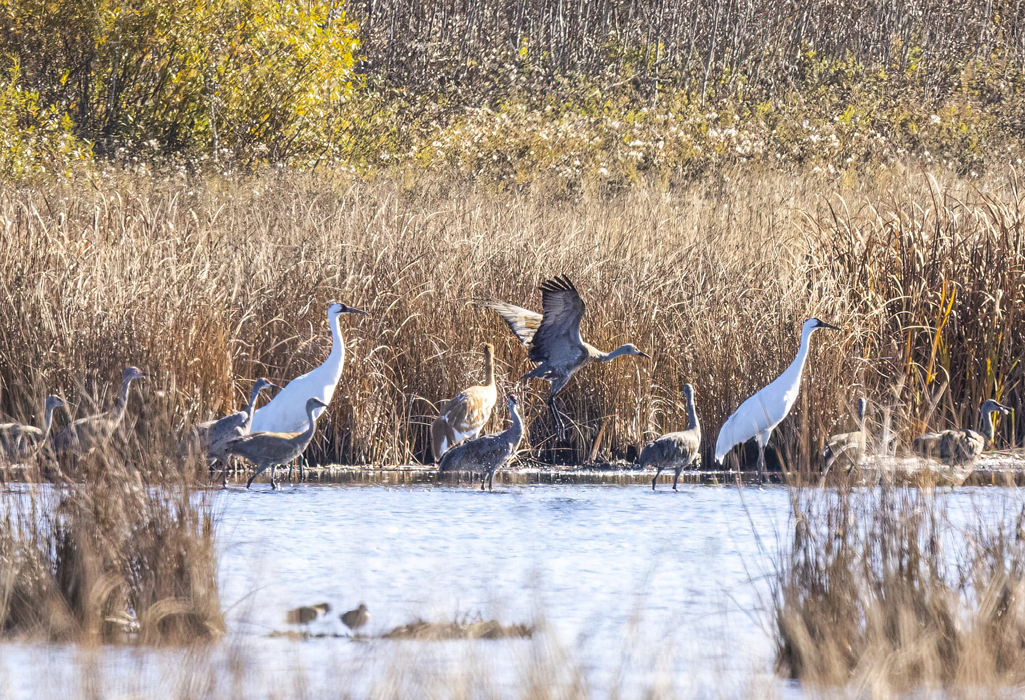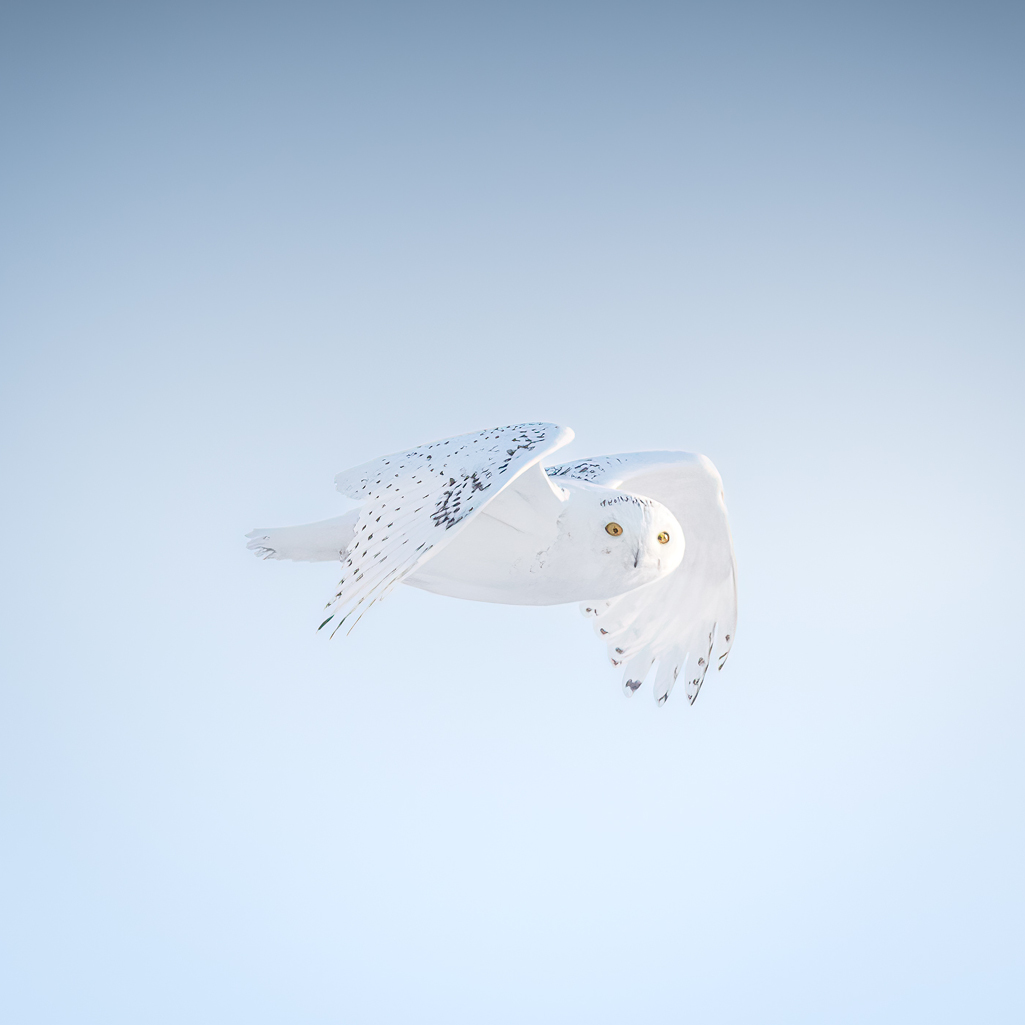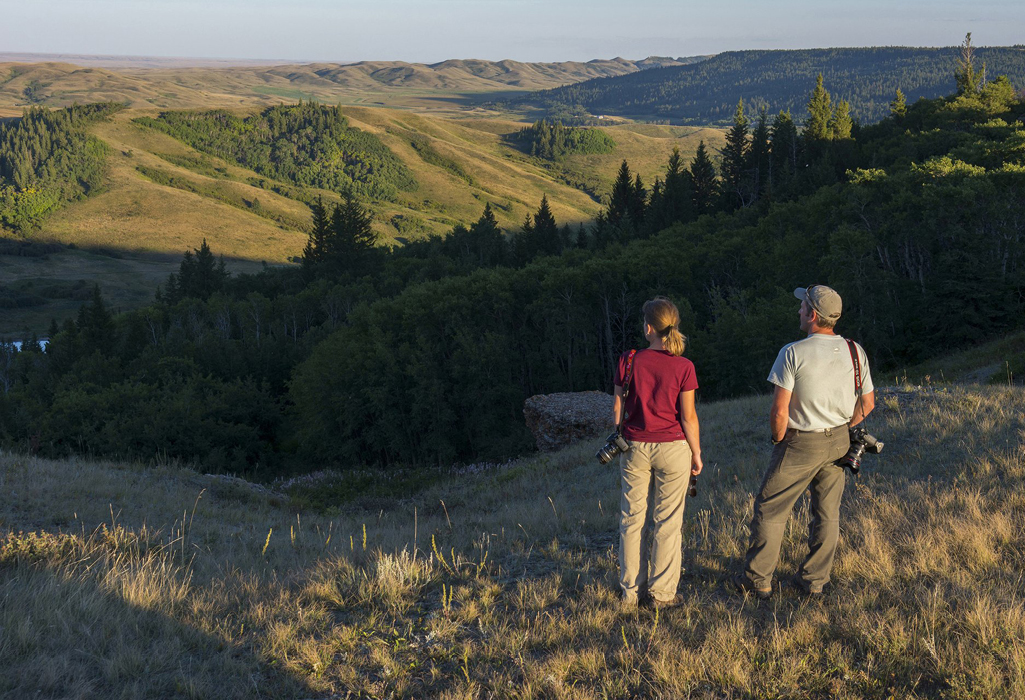Exploring the Diversity of Birds in Saskatchewan
Stan Shadick has seen more species of birds in Saskatchewan than anyone else. He started birding when he was just six years old, and now, decades later, he spends his time sharing his passion and expertise with others.
photo by Stan Shadick
“There’s always something to see,” Shadick said.
As operator of Saskatoon Custom Bird Tours, Shadick runs about 50 different birding tours across the province. The tours range in length from just a few hours to multi-day expeditions.
He volunteers his time as a birding guide, directing tour fees to Living Sky Wildlife Rehabilitation, a rescue organization in Saskatoon that helps injured or orphaned mammals and birds.
Birding on the Prairies
Saskatchewan is well-known for its prairie landscapes. The grasslands and waterways of these plains are home to a range of flora and fauna, including many special birds. Shadick describes the area as “a very special habitat, not found in most other parts of Canada.”
During springtime in this region, Shadick guides tour groups out to an active lek, which is the breeding ground for sharp-tailed grouse.
This early-morning tour allows birders to hear the grouse dancing in the darkness before they can see them. The birds’ feet purr as they stomp the ground and their tail-feathers click like rhythmic, rattling bones.
The sound is mesmerizing.
photo by Cam Barlow
As the first light of day arrives, birders will see the arched shapes these dancing grouse create with their bodies, as they reach out and curve down their wings.
“It’s truly awesome to see,” Shadick said.
A Bird for Every Season
When it comes to birding, it’s not just about the places. It’s also about the time of year.
Shadick suggests people who are curious about birding in Saskatchewan venture out during different seasons to experience the best variety of birds.
photo by Greg Huszar
The spring and fall migrations are two of the most interesting times for birding in Saskatchewan.
“We’re basically situated where two or three different migration flyways meet and intersect,” Shadick said. This means that Saskatchewan gets both eastern and western North American birds.
photo by Neil Zeller
During the fall, there’s a special chance to see the majestic migrating whooping cranes that stopover in Saskatchewan as they make their way south. These endangered birds are a sight to see, being one of the tallest in North America.
The estimated population for the species is less than 800 in the wild, but it has risen from around 20 in the 1940s.
On Shadick’s whooping crane tour, participants will learn about the incredible conservation efforts undertaken to increase the species population.
photo by Herry Himanshu
As temperatures drop, arctic birds migrate from the north into the province. In winter, Saskatchewan has one of the highest concentrations of snowy owls when compared to anywhere else in the world.
In the warm months of summer, many Saskatchewan lakes become hotspots for shorebirds.
“Saskatchewan’s shorebird habitats are some of the best in North America,” Shadick said, noting Chaplin Lake as a special point of interest.
It’s designated as one of Saskatchewan’s Important Bird Areas, in part because this lake attracts a tremendous number of shorebirds and is breeding ground for the rare piping plover.
Beyond the Prairies
Throughout the year, Shadick tours birders through Saskatchewan’s most scenic areas – from sandhills to forests to grasslands.
Saskatchewan’s diversity in habitat is why so many different birds can be seen in the province, Shadick said.
He runs tours to lakes and unique birding sanctuaries, including Canada’s oldest migratory bird sanctuary at Last Mountain Lake.
There’s also the opportunity to explore the northern boreal forest, where arctic birds like the northern hawk owl and willow ptarmigan can be spotted, and subalpine regions in the southwest of the province, including the Cypress Hills.
That’s one of Shadick’s favourite places for birding.
photo by J.F. Bergeron/ENVIRO FOTO
“Biologically at least, it’s an outlier of the Rockies, so we get a lot of subalpine birds in the Cypress Hills and some special birds,” Shadick said. “The cordillera flycatcher [is] a very pretty flycatcher with quite a bit of yellow on the breast. We believe this is the only nesting location in Canada for this particular species.”
After a lifetime of birding, Shadick said it’s only about every year or two that he sees a new species in Saskatchewan.
He still finds it exciting to see a rarity in the province.
However, what Shadick enjoys most is bringing people out to witness the diversity of birds – showing others how to identify the unique characteristics of our feathered friends, while listening closely to their distinct songs.
Stan’s Birding Checklist
Pull out your binoculars and check these species – some common in Saskatchewan and some rare or endangered – off your birding bucket list:
Spring
- Sharp-tailed grouse (Saskatchewan’s official bird)
- Western meadowlark
Summer
- American white pelican
- Ruddy duck
- American avocet
- Ferruginous hawk
- Burrowing owl
- Swainson’s hawk
- Piping plover
Fall
- Whooping crane
- Sandhill crane
Winter
- Snowy owl
- Great gray owl
